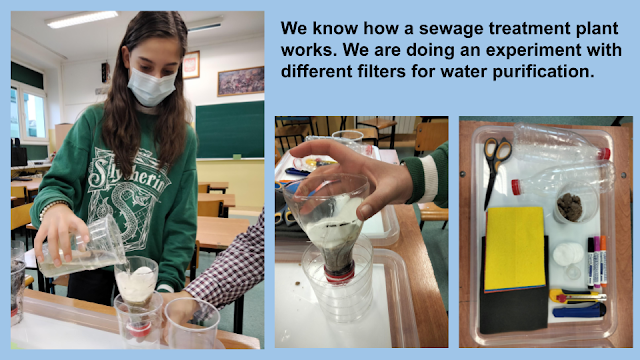Virtual Power Meeting
Virtual Powerful Meeting
28-29 September 2020
PROGRAMME:
https://drive.google.com/file/d/1LEbcE8-g3zwJCF0qU13Drd5CTSCbL_Yt/view?usp=sharing
ROUND 1
IN THE APPLICATION
CHAPTER 2
STUDENTS AS CRITICAL SCIENCE DETECTIVES ROUND 1
Timing 6 months.
OBJECTIVES
Supported by the guidance the student teams will engage in the first long period of critical science detecting and create valuable experience and story-telling from these science missions.
The knowledge partners will start building knowledge elements from the student teams’ story-telling and from the online dialogues with the science teachers and student teams.
KEY ACTIVITIES
The critical science detectives engagement includes 5 steps:
1 DETECTING, MAPPING, INTERACTING: LOCAL, VIRTUAL
- The science detectives will search the community for important and interesting activities linked to science; this will include dialogues with a wide range of community players; the local science activities might very well be linked to virtual science communities relevant to the identified topics; it is important that this science detectives activities include serious dialogues with citizens and in particular with the students’ families
2 TEAM DIALOGUES AND REFLECTIONS: CHALLENGE AND MISSION SELECTION
- After the mapping of important science activities in the communities the student team will evaluate the findings: which science activities are interesting and challenging, and perhaps even problematic in a responsible science perspective; the student team ends up selected one or two science activities to go deep into, and based on their own interests
3 SCIENCE LEARNING ON DEMAND: INVESTIGATIONS, RESEARCH
- Now the student teams will need “learning on demand”: to be able to and competent to interact with the selected science challenges, they will need to create basic learning about the science challenges to engage in; several learning on demand time-outs can be inserted along the interaction with the selected challenges, but always when the students need the learning; the student team will also engage with virtual communities to kind of look behind the scene and identify critical voices in a responsible science perspective
4 CRITICAL INTERACTIONS WITH THE SCIENCE COMMUNITIES SELECTED AND WITH THE COMMUNITIES IN GENERAL
- The student team is now ready to continue its critical science detectives activity and engage in various forms of interactions with the science challenges selected, in the local community as well as virtually and in their own social networks; the science detecting does not necessarily lead to fixed scientific standpoints or attitudes towards to what extent the science activity is “responsible science”; the aim is for the students to be able to critical analyse science and science in the community and to be able to communicate their findings to others; the students critical interaction should include re-newed dialogues with citizens and with the students’ families
5 PRODUCING AND SHARING IN WIDE NETWORKS THE RESULTS OF THE SCIENCE DETECTIVE MISSIONS
- To complete the critical science detectives mission the student teams will need to produce documentation of the long process they worked through – from the first disoriented mapping to the final critical communications; the student teams can choose any form of documentation from website to video, as long as the documentation really communicates what they learned on the way; the documentation, or: the accomplishment of the critical science detectives mission, will then be shared at three levels: in the school and to the other students, to a community workshop to which the team parents are invited, and in the students’ social and gaming networks
28.09.2020 First Day of Virtual Power Meeting





Comments
Post a Comment